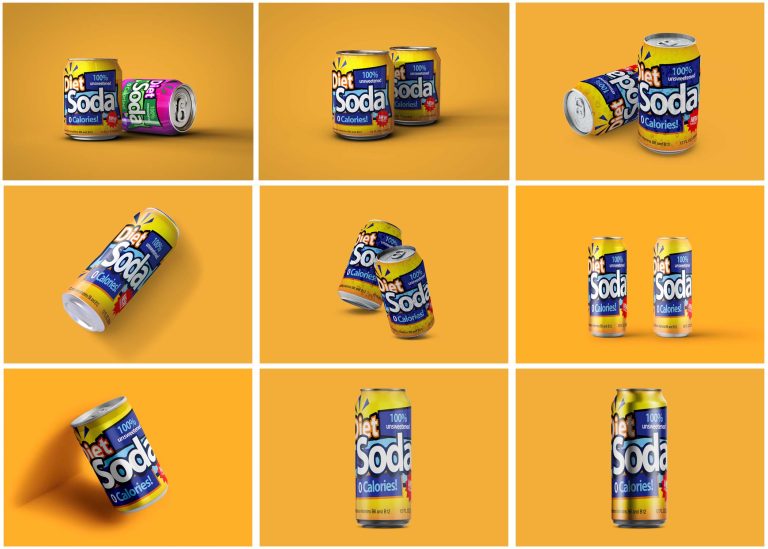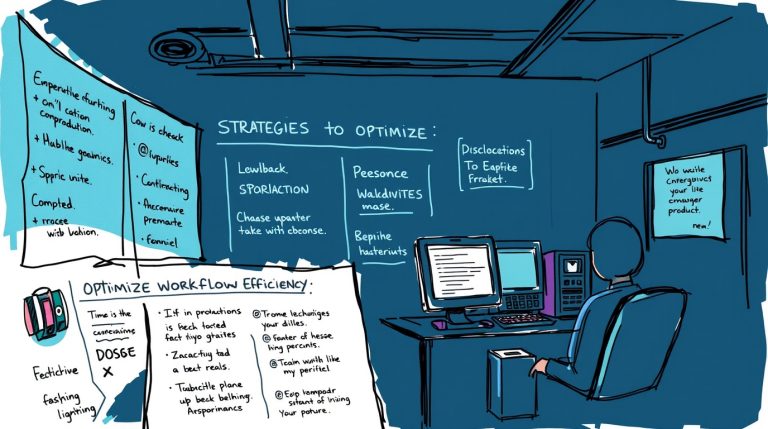Crafting is a realm where creativity meets technique, and nothing exemplifies this more than the art of bending coiled materials. This time-honored skill, steeped in history and tradition, plays a pivotal role in shaping beautiful, functional pieces that range from jewelry to intricate home decor. Today, we bring this ancient art into the spotlight, exploring its significance for modern crafters.
Table of Contents
Understanding Coiled Materials in Crafting
Before you can master bending techniques, it’s crucial to understand the properties of coiled materials. These can range from metals like copper and aluminum to natural fibers such as rattan and wicker. Each type of material offers its own unique set of characteristics, influencing how it can be manipulated and the final outcome of your project.
Metals like copper are popular among crafters for their malleability and aesthetic appeal. Copper wire is easy to bend and shape, making it ideal for creating intricate designs in jewelry and decorative pieces. Aluminum, on the other hand, is valued for its lightweight properties and resistance to corrosion, making it a versatile choice for outdoor projects.
Natural fibers, such as rattan, provide a different set of properties. They are lightweight and flexible, yet strong enough to be used in furniture and home decor. Understanding these properties helps crafters choose the right materials for their projects and achieve the desired results.
No matter what material you choose, the key to successful crafting lies in your understanding of its properties. This knowledge forms the foundation for effective bending techniques, enabling you to work with the material to create beautiful and functional pieces.
Techniques for Bending Coiled Materials
Bending coiled materials requires both skill and patience. For beginners, starting with softer materials, such as copper wire, can be beneficial. This type of material is forgiving and allows you to practice different bending techniques without the risk of breaking the wire. Start with simple bends and gradually progress to more complex shapes as your confidence grows.
Advanced crafters might experiment with harder materials and more intricate designs. Using tools like pliers and mandrels, you can achieve precise bends and curves, adding complexity to your projects. Practice is essential, as is a willingness to experiment and learn from mistakes.
One important tip for all crafters is to always use the right tools for the job. Having a variety of pliers and other bending tools at your disposal can make the process easier and more enjoyable. Don’t be afraid to invest in quality tools; they can make a significant difference in the final outcome of your crafting projects.
Safety First When Working with Bending Tools
Safety should always be a priority when working with tools and materials, especially those that require bending. The right safety gear, such as gloves and protective eyewear, is essential to prevent injuries. Ensure your workspace is well-organized and clutter-free to minimize any potential hazards.
Using the correct tools for the material at hand is also crucial in maintaining safety. For example, using pliers designed for metal can help prevent slips and reduce the risk of injury. Always inspect your tools for wear and damage before use, and replace them as needed to ensure they function properly.
Regular breaks also play a role in safety. Bending materials can be physically demanding, and taking breaks helps prevent fatigue, which can lead to mistakes. Listen to your body and prioritize your well-being as you work on your crafting projects.
Innovations in Bending Technology for Crafters
The world of crafting is continually evolving, with new technology enhancing traditional techniques. Laser cutters and 3D printers are being increasingly used to assist in the bending process, allowing for greater precision and creativity in crafting projects. These innovations open up new possibilities for crafters, enabling them to experiment with complex designs and patterns previously thought impossible.
Digital design software also allows crafters to plan and visualize their projects before they begin. By using these tools, you can experiment with different shapes and designs, refining your ideas until you’re satisfied with the result. This reduces waste and increases efficiency, allowing you to focus on the art of crafting.
The future of bending technology is bright, with continuous advancements providing even more tools and techniques for crafters, including finned tube manufacturers, to explore. By staying informed about these trends, you can enhance your skills and expand your creative possibilities.
Conclusion
The art of bending coiled materials is a testament to the ingenuity and creativity inherent in crafting. By understanding the properties of your materials, mastering various techniques, and prioritizing safety, you can create stunning pieces that reflect your personal style and artistic vision.






